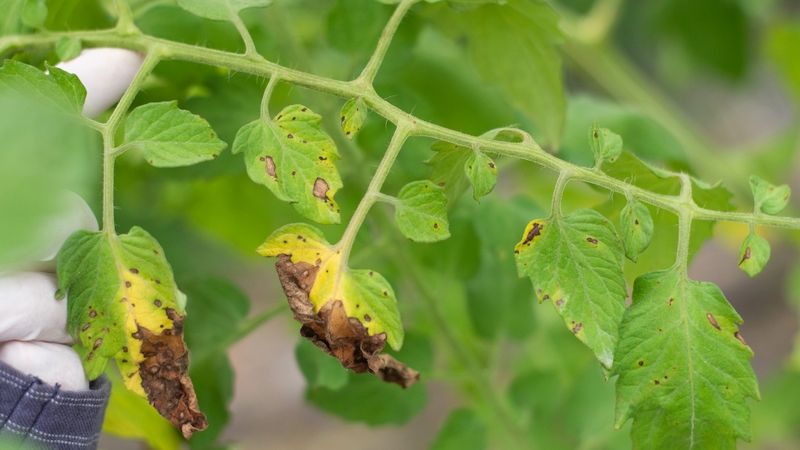Tips For Finding Vine Balance
Finding vine balance or “the correct balance of vine capacity and crop load to provide the desired fruit quality and vine sustainability,” as Cornell University Professor of Horticulture Alan Lakso, explains it, can be tricky.
“Vine balance is achieved when adequate, but not excessive, growth is combined with an optimal crop load,” Lakso says.
A number of factors contribute to vine balance, including vine capacity, size, vigor and crop load, which Lakso defines thusly:
Vine Capacity
Vine capacity is the total dry weight produced by both vine growth plus crop and is key to how much crop can be ripened. Vine capacity is dependent on light energy interception, Lakso explains, and vines that intercept more light can, in turn, ripen more crop.
Vine Size
Vine size is the total vegetative growth of a vine, including leaves and roots. Winter pruning weight is generally used as a measure.
Vigor
Vigor refers to the rate of shoot growth or final shoot length. Lakso says the word “vigor” is commonly misused to refer to vine size, but it does not necessarily relate to size, nor capacity for that matter.
“If you prune two identical vines to leave 100 shoots on one and only two on the other, the vine with two shoots will have tremendous shoot vigor but much less vine size or capacity than the one with 100 shoots,” he explains.
Crop Load
Crop load is the relative balance of vine supply to crop demand. Lakso says values of 5 to 8 pounds of crop/pound pruning weight are optimal, depending on climate. Areas with shorter seasons may find the optimum to be slightly lower, however.
“Our 6-foot by 9-foot vine with two pounds of pruning weight should be able to ripen about 10 to 16 pounds of fruit per vine, or about 4 to 6.5 tons per acre, if healthy and well-managed,” Lakso explains. “Diseased leaves or poorly trained canopies will reduce the optimal crop load.”
Finding Balance
“Vine balance occurs when the vine has a crop that is appropriate to the vine capacity and vegetative growth,” according to Lakso. He says a target shoot size is approximately 4 feet — long enough to provide enough leaf area to ripen about 200 grams of fruit.
Optimal crop loads can vary depending on variety, however.
“Recent research suggests that for Cabernet family varieties, a very low crop load with excess vigor tends to be as detrimental to quality as over-cropping, so there is probably a moderate crop that is optimal,” Lakso explains. “Chardonnay appears to be much less responsive to crop load than many varieties, while Pinot Noir may have a lower optimal crop than most.”
Weak Vines
Poor soil conditions can lead to weak shoot growth or low capacity even with normal shoot numbers, according to Lakso. If this is the case, growers have one of three options: Accept the low capacity and simply grow a smaller crop; leave fewer shoots per vine to increase shoot growth in the remaining shoots; or increase shoot growth with irrigation or increased fertilization.
Strong Vines
Vines that are too strong can present problems, too. To address this, growers can manage excessive shoot growth by leaving more shoots per vine, which will reduce growth per shoot, Lakso explains. “But, to maintain good canopy exposure with more shoots may require wider spacing between vines or divided canopies, such as with Scott Henry or Lyres,” he says. “The advantage is that the divided canopies will increase vine capacity and thus crop ripening.”
Other options including reducing water or nutrients to stunt shoot growth, or using cover crops or weeds to increase water and nutrient competition. “This can be successful, but it can be difficult in deep, fertile soils and in wet seasons or climates where rainfall is abundant,” Lakso says.
You can read more on the Appellation Cornell, News of the Viticulture and Enology Program at Cornell University.










